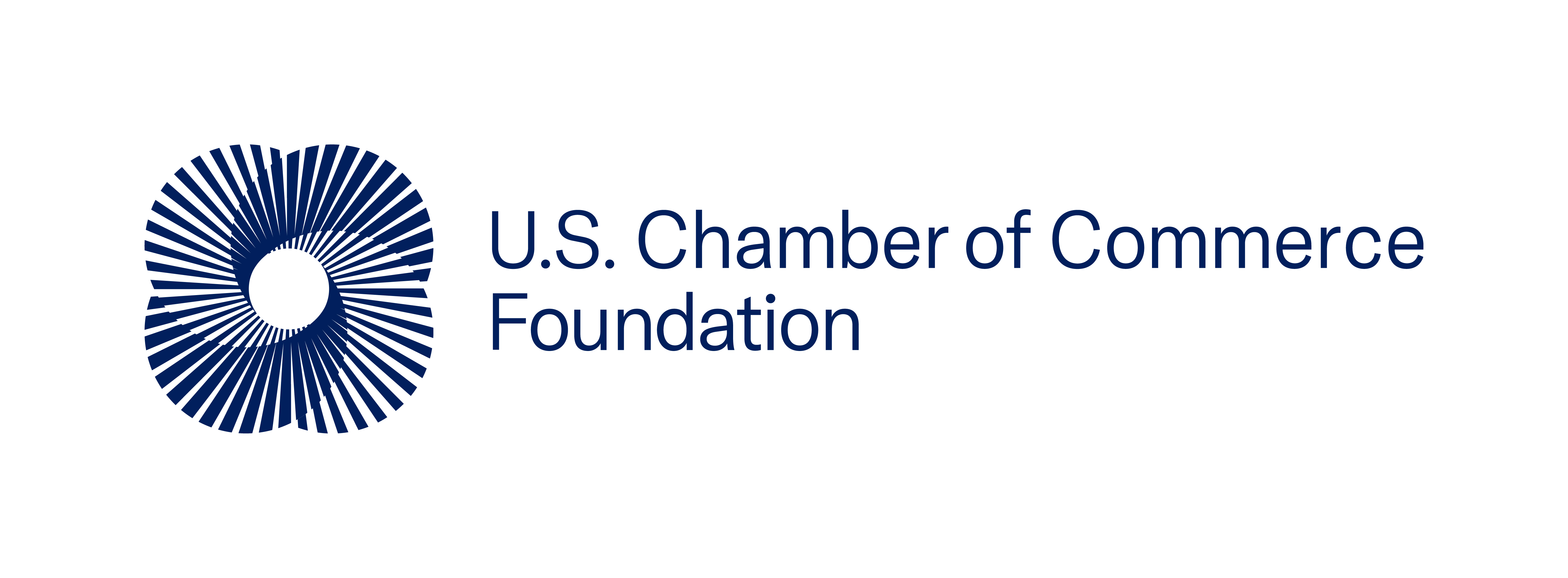Putting the Circular Economy in Motion
The circular economy is going mainstream, and the U.S. Chamber Foundation is working to educate companies on how to benefit from practical and accessible innovations.

Dell created a closed-loop recycled plastics supply chain to recycle computers back into new computers. Philips sells lighting as a service instead of a product that a consumer would otherwise purchase and own. The Dow Chemical Company recovers non-recycled plastics to convert into a usable energy source.
These examples, taken from the U.S. Chamber of Commerce Foundation report Achieving a Circular Economy: How the Private Sector is Reimagining the Future of Business, help illustrate the concept of the circular economy, in which resources are endlessly cycled back into supply chains and waste does not exist.
The circular economy, according to the Ellen MacArthur Foundation, is an economic model that is restorative or regenerative by design and intent, in which products, components, and materials are kept at their highest value at all times. In essence the circular economy about is re-using, repairing, refurbishing and recycling products and materials, turning waste into a resource, and managing all resources through their life cycles. It is about keeping molecules endlessly in motion.
The concept of eradicating waste, which underpins the circular economy, is not new, but is being fueled by megatrends including rapid population growth, resource constraints, uncertain commodity markets, shifting consumer attitudes and preferences, and more.
In the U.S. Chamber of Commerce Foundation and Trucost research report, Trash to Treasure: Waste Streams to Profit Streams, we identified the 5,589 largest publicly traded companies in the U.S. sent 342 million metric tons of waste to landfills in 2014. In addition, on average, companies generate 7.81 metric tons of waste for every million dollars in revenue.
If the 5,589 companies reduced their waste by 1%, it would save nearly $1 billion in total.
The report found that companies are not accurately estimating, measuring and managing their waste streams, which means they are throwing away huge opportunities for profit and increased efficiency. Adopting circular economy methods is the best way to eliminate waste and recapture its value.
Companies are pursuing the circular economy as an alternative approach to the linear “take-make-dispose” model that decouples economic growth from resource constraints. The circular economy is, at its core, an economic innovation opportunity. It is about a fundamental rethinking and redesign of products, components, materials, and systems of commerce in which resources are endlessly cycled back into the system. All this represents tremendous opportunity for business and society. Shifting to the circular economy could unlock an estimated $4.5 trillion in additional economic growth by 2030 by turning current waste into wealth, according to research from Accenture.
Despite the megatrends and compelling business case, practical approaches ofhow companies can put the circular economy in motion are not yet mainstream. To address this, the U.S. Chamber of Commerce Foundation, in collaboration with the Ellen MacArthur Foundation and PYXERA Global, is hosting Better Business: Better World: Mainstreaming the Circular Economy May 16-17 in Washington, DC. This event will provide an interactive and collaborative platform for more than 300 private and public sector leaders to explore real world examples and gain practical insights for how companies can achieve a circular economy that helps make the world a better place.

